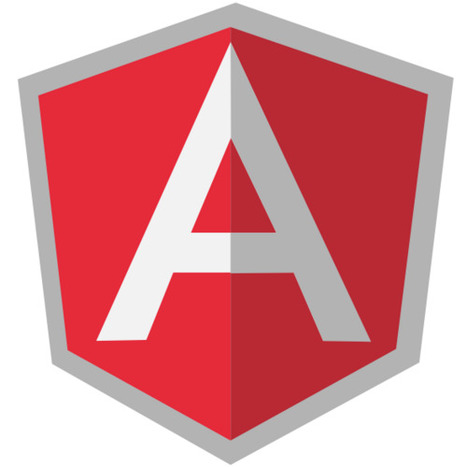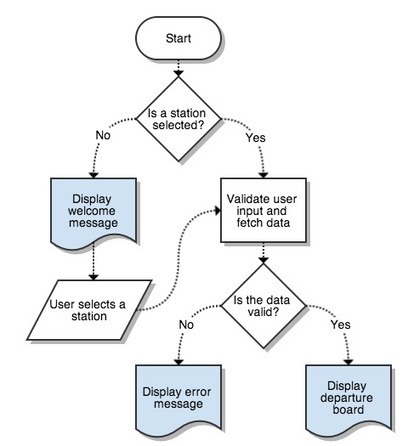Cody Lindley explains why you should ditch non-standard JavaScript module formats and move to the ECMAScript 6 module format with examples.
By using jspm.io you can make use of the official JavaScript module control system (and its syntax) today – all while not having to wait for older modules to be re-written or having to limit yourself to one particular module format or package manager. In other words, you shouldn’t have to care from where a package comes and in what format it’s being provided.
The ideal, and yes we have arrived, is to just use ES6 modules and let a tool like jspm.io sort out all of the ugly details as it pertains to non-es6 modules from multiple endpoints. Not to mention, by using jspm (and a ES6 transpiler like traceur or Babel) you get most everything that ES6 offers, not just modules. Writing ES6 code in your ES6 modules sounds good, right!




 Your new post is loading...
Your new post is loading...

























